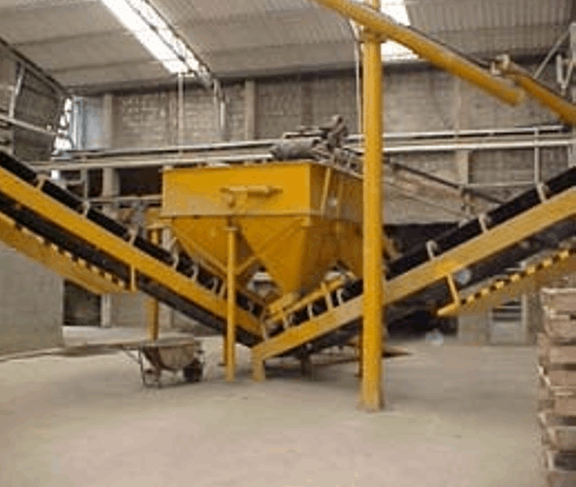G. A. Parsekian1; K. C. Barbosa2; T. B. Inforsato3; D. F. Deana4; M. S. Faria5 and C. O. da Silva6
- Professor, Dept of Civil Engineering, Federal University of Sao Carlos, gparsekian@terra.com.br
- MSc , Dept of Civil Engineering, Federal University of Sao Carlos, klecbarbosa@terra.com.br
- Graduate Student, Dept of Civil Engineering, Federal University of Sao Carlos, thinforsato@bol.com.br
- Junior Engineer, Brazilian Portland Cement Association, davidson@abcp.org.br
- Senior Engineer, Brazilian Portland Cement Association, marcio.faria@abcp.org.br,
- Laboratory Engineer, Brazilian Portland Cement Association, claudio@abcp.org.br
ABSTRACT
In this paper, methods of testing the drying shrinkage of concrete blocks are evaluated. Tests were done on blocks of differing strengths, suppliers and curing procedures.
The shrinkage tests were carried out as recommended in ASTM C426 [1], using the whole block as specimens and with gauge discs attached to the sides. Three variations of this set-up were also tested: a face-shell prism cut from a whole block with gauge plugs attached to the sides, the same specimen with gauge discs attached to the top and bottom and whole blocks with gauge discs attached to the top and bottom. For the case of gauge discs attached to the sides, a Humboldt strain gauge was used to measure deformation. In the case of gauge discs attached to the top and bottom, a comparator was used. Deformations on control blocks left inside the laboratory, and not submitted to the saturated and dry conditions of the ASTM C426 test, were also measured for nearly 90 days.
The results of the concrete block shrinkage test were influenced very little by the different type of initial three-day cure, althought different shrinkage values were observed in the control blocks for each cure type. With regard to the test procedures, only small differences in results were obtained with whole blocks or face shell-prism, when readings were taken on the sides of the specimen. The use of whole blocks with gauge discs on the top and bottom was revealed to be inadequate. However, it may be possible to use top and bottom gauge discs on face-shell prisms, but more investigation into this test procedure is needed to improve results.
The work is still in progress, with deformation recordings continuing on a series of concrete block walls whose results will be divulged later.
KEYWORDS: Concrete block, shrinkage, moisture movement
5c-1



